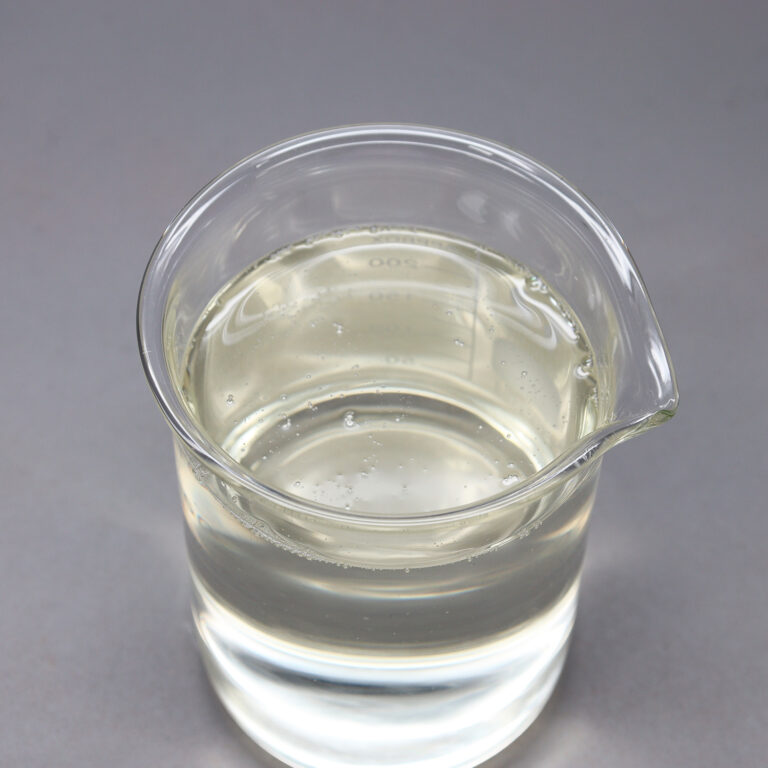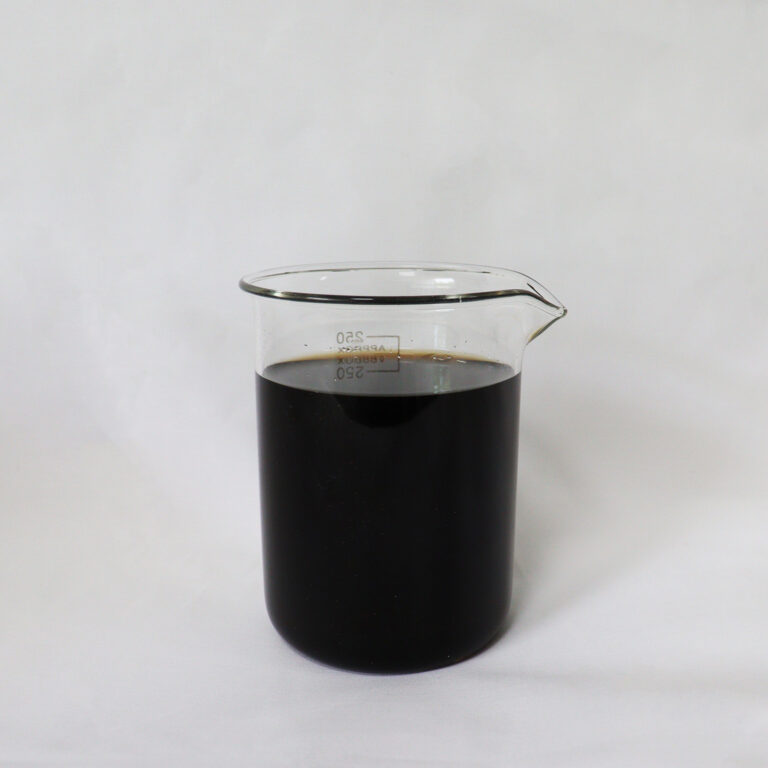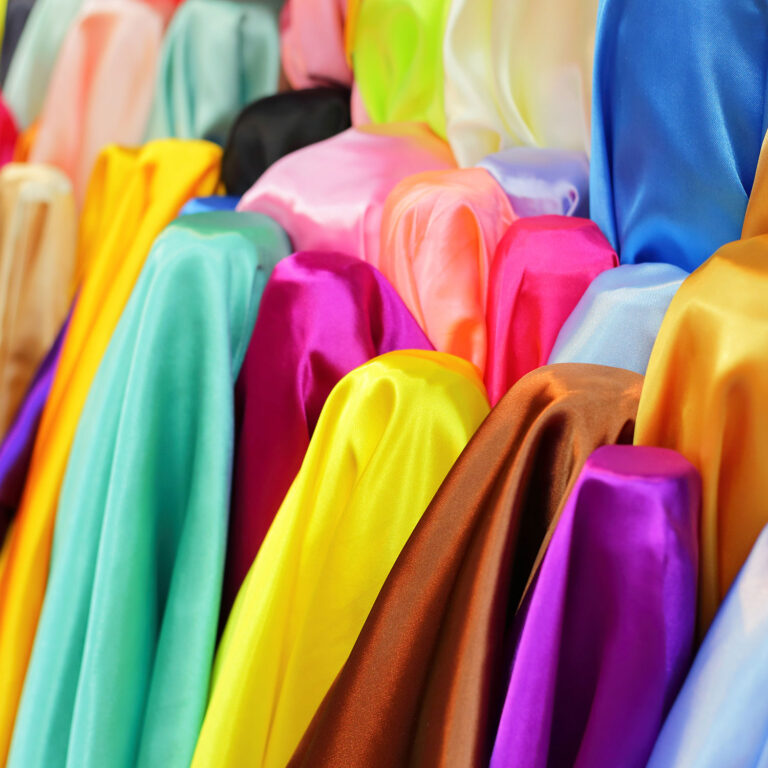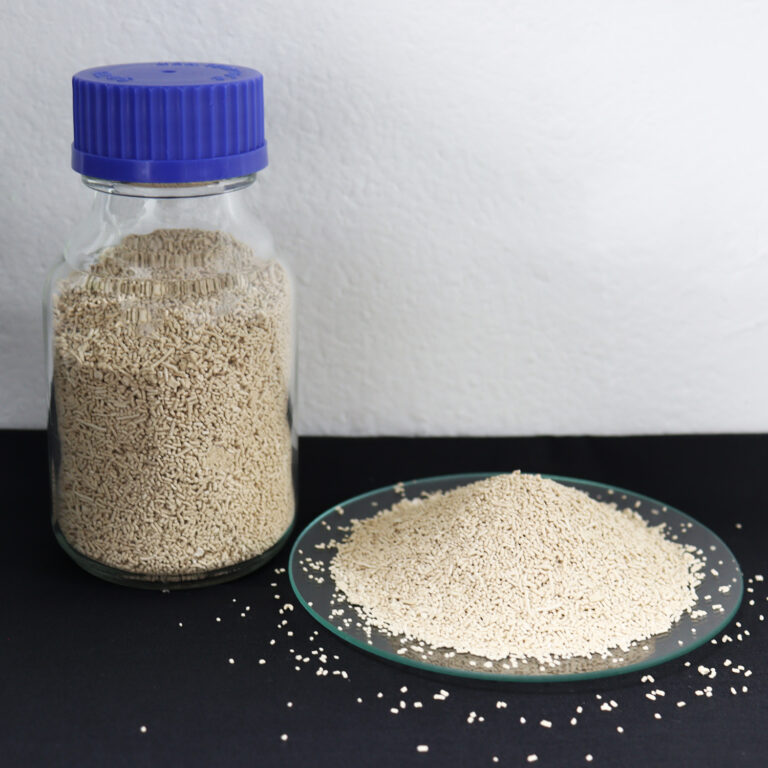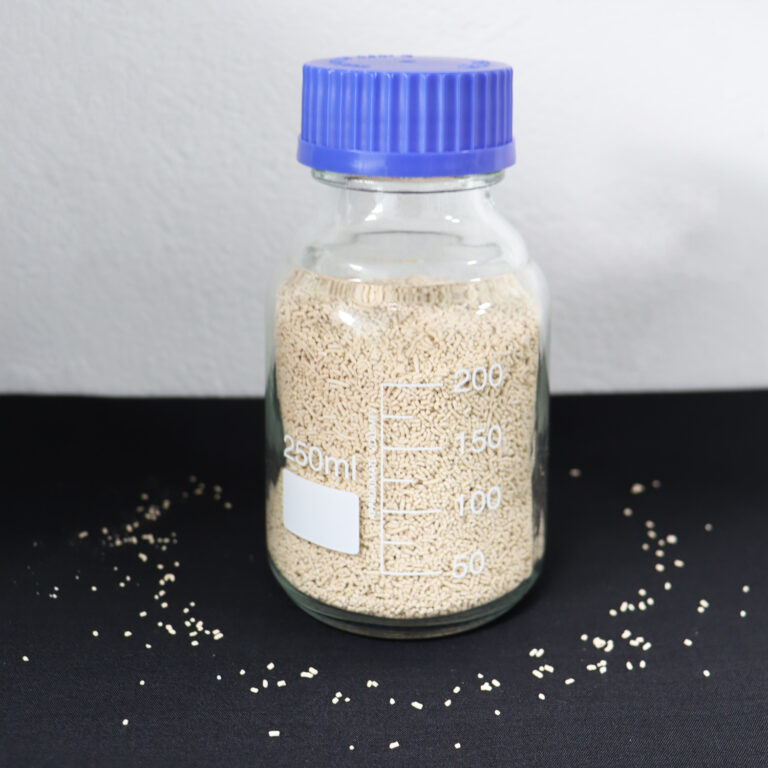When it comes to textile finishing, the choice of softener significantly impacts the fabric’s feel, appearance, and performance. Today, manufacturers are shifting from traditional softeners to advanced silicone-based formulations. But what sets them apart? Let’s explore the key differences between silicone fabric softeners and traditional fabric softeners to help you make an informed decision.
What Is a Silicone Fabric Softener?
Silicone fabric softeners are textile auxiliaries made with modified silicone polymers. These compounds form a thin, lubricating layer on fabric surfaces, improving softness, smoothness, elasticity, and wrinkle resistance. They are widely used in finishing processes for cotton, polyester, viscose, spandex, and blended fabrics.
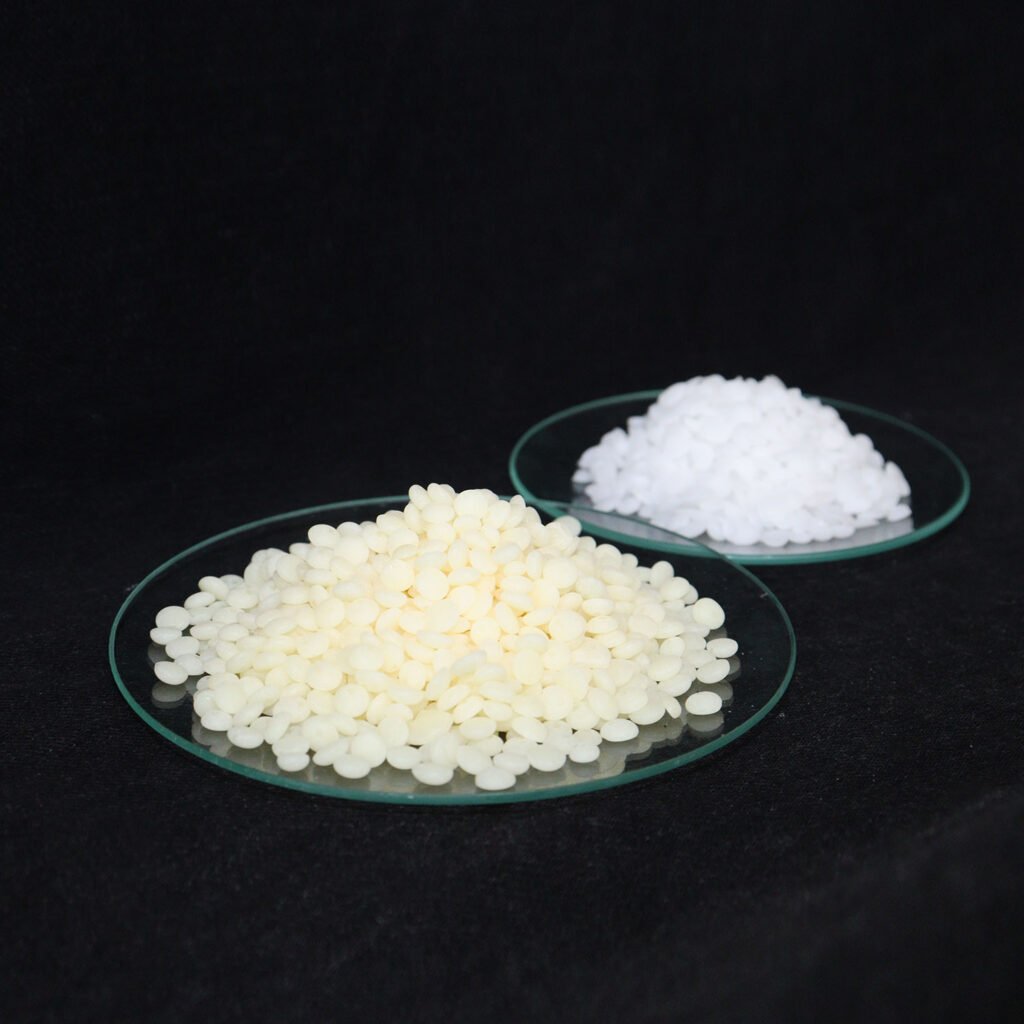

What Are Traditional Fabric Softeners?
Traditional softeners typically include cationic, nonionic, or anionic surfactants derived from fatty acids or quaternary ammonium compounds. While they reduce static and provide basic softness, their performance may be limited in terms of durability, smoothness, and compatibility with synthetic fabrics.
Key Differences
| Feature | Silicone Fabric Softener | Traditional Softener |
|---|---|---|
| Softness & Hand Feel | Exceptional silky or bouncy touch | Moderate softness |
| Durability | Strong wash resistance (softness remains) | Softeners wash out over time |
| Fabric Compatibility | Works on natural, synthetic & blends | Best suited for natural fibers |
| Yellowing Tendency | Minimal | Can cause yellowing under heat/UV |
| Static Reduction | Good, especially with aminosilicones | Moderate |
| Cost | Slightly higher upfront cost | Lower initial cost |
Applications of Silicone Softeners
Silicone softeners are ideal for:
- High-end fashion textiles
- Functional sportswear
- Baby clothes
- Towels and home textiles
- Industrial fabrics
They are especially valued in markets that demand premium softness and lasting performance.
Which One Should You Choose?
If your goal is long-lasting softness, better drape, reduced pilling, and improved overall fabric quality—especially for high-value textiles—silicone fabric softeners offer clear advantages. For cost-sensitive applications with lower durability requirements, traditional softeners may still be a viable option.
Partner with Meixin Biotech
As a professional silicone softener manufacturer, Meixin Biotech Co., Ltd. delivers customized softening solutions for apparel and textile factories worldwide. Our product range includes silicone softening beads, flakes, and emulsions designed for various fabric types and finishing needs.
Contact: connie.huang@meixinbiotech.com
Softening Auxiliaries Articles
How Fabric Softener Flakes Improve Hand Feel in Garment Finishing
Silicone Softener Beads vs. Emulsions: Pros and Cons for Textile Finishing
Softergent Flakes vs. Liquid Softeners: Which Should You Use?
Top 5 Applications of Silicone-Based Softeners in Modern Textile Processing
How Silicone Softening Beads Improve Fabric Feel and Process Efficiency
Silicone Fabric Softener vs. Traditional Softeners: Which Is Better?
What Is a Silicone Softener for Textiles? Benefits, Types & Applications
Understanding Fabric Softener Flakes: Types, Usage & Key Advantages
Does Silicone Softener Affect Color Fastness? Application Tips for Garment Dyeing
How to Apply Silicone Fabric Softeners in Dyeing & Finishing Processes
Where to Buy High-Quality Silicone Softener for Textiles (2025 Guide)
How to Choose the Right Silicone Fabric Softener for Cotton, Polyester & Blends
Top Exporters & Manufacturers of Silicone Softening Beads in China
Understanding Fabric Softener Flakes and Their Role in Textile Care
Is Bead-Type Softener Suitable for Export? 5 Key Questions + Packaging, Storage & Transport Tips
5 Key Questions to Ask Before Buying Silicone Softeners for Garment Production
How High-Concentration Softeners Help Garment Factories Reduce Production Costs
Bead vs. Liquid Silicone Softeners: Which Is Better for Mass Fabric Processing?
Eco-Friendly Silicone Fabric Softeners: Are They Worth the Switch?
FAQs About Silicone Softener for Textiles: Everything Importers Need to Know


